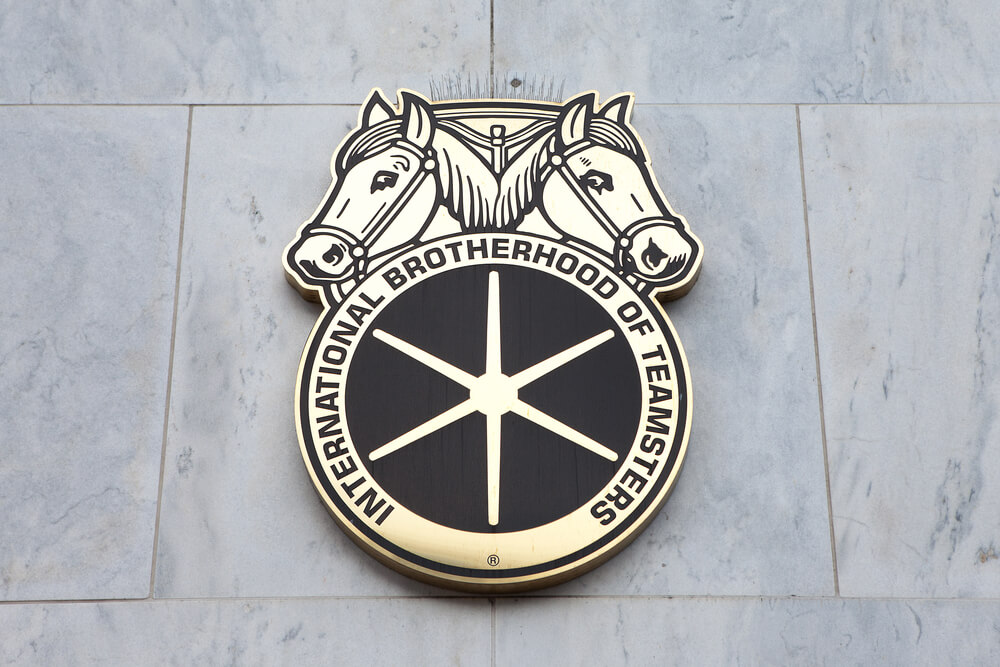
The International Brotherhood of Teamsters recently won a slim majority to unionize XPO Logistics in Albany, New York. Another group of truck drivers preferring a collective bargaining shop over a non-union landscape raises the question of which is better. Should truckers throw in with the Teamsters or rely on individual labor-management relationships to get ahead?
The Teamsters have been around since 1903 and emerged as a household name. Built on a reputation for tough negotiations with ownership and a penchant for determined strikes when necessary, the rank-and-file prospered for decades. After peaking in 2003 at 1.7 million members, it lost 300,000 truckers and blue-collar workers by 2019. Despite reduced numbers, the power of people banding together typically results in occupational improvements. The Teamsters tout the following U.S. Department of Labor statistics as reasons to join the union.
- Wages of union members are, on average, 27 percent higher than those of workers who do not have union representation.
- Upwards of 92 percent of union workers have job-related health coverage, while only 68 percent of non-union workers do.
- Approximately 73 percent of union workers have a guaranteed, defined benefit pension, compared to 16 percent of non-union workers.
Although these seem like powerful reasons for blue-collar workers to throw in with the Teamsters, truck drivers have been in high demand in recent years. Companies are recruiting qualified CDL holders right out of tractor-trailer schools and throwing money at them. Thousands of dollars in sign-on bonuses and good starting salaries tend to counterbalance the need to join a union.
In today’s seemingly unpredictable freight hauling landscape, truck drivers who work in non-union shops may possess greater leverage. That’s largely because corporations with fleets are openly competing with other outfits to swell the ranks of their workforce. Once part of the organization, big-box retailers and others continue to offer improved perks to keep valued employees. Health care, pension plans, and wide-reaching benefits have become relatively standard in recent years.
By contrast, Teamsters operate under a collective bargaining agreement that may fall behind prevailing salaries before securing a new deal. For example, Zip Recruiter pegs the average union truck driver salary at $55,025 annually. Indeed, another online jobs platform, estimates the average base truck driver salary without union consideration at $74,073. Both indicate top earners pull down more than $75,000. And, the most common perks include the following.
- Life insurance
- Health insurance and dental
- 401(k) and matching
- Paid time off
The recent Teamsters win at XPO Logistics was reportedly so close that some believed the National Labor Relations Board would not certify the referendum. It appears that non-unionized companies offer similar benefits to those Teamsters gain through collective bargaining without workers having to pay dues or worry about strikes. With the exception of union representation when management treats workers unfairly, choosing between joining the Teamsters and maintaining a non-union environment is a difficult decision.
Source: freightwaves.com











I was a Teamster until my job closed. The union business delegate told us
“There are no jobs in the Local so don’t ask”. That led to a non-union job. I believe a union could be good but what I have seen is members that do not do a very good job for their employer because they are protected. It is a known fact that some union leaders have been corrupt. Pension funds raided. Rules can change. ABF buys Carolina and the lists are dovetailed. That usually happens with a merger, not a buyout. My non-union job has served me well.